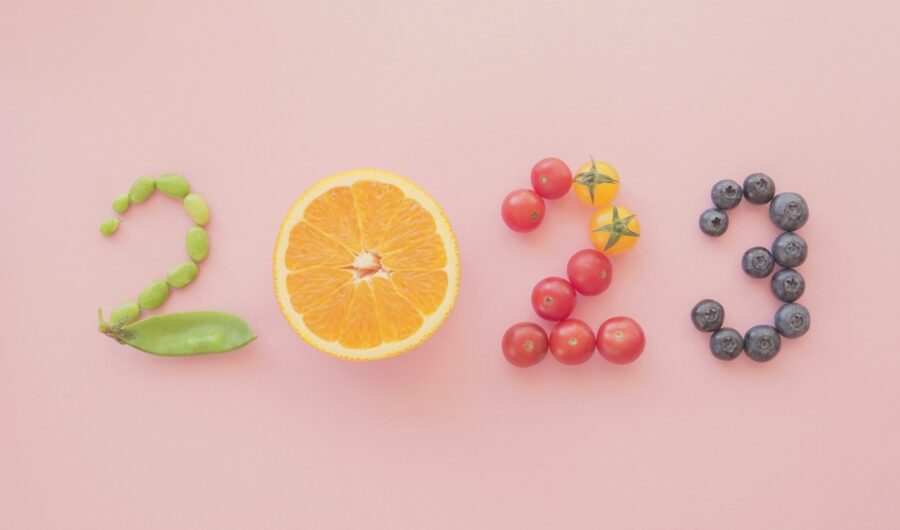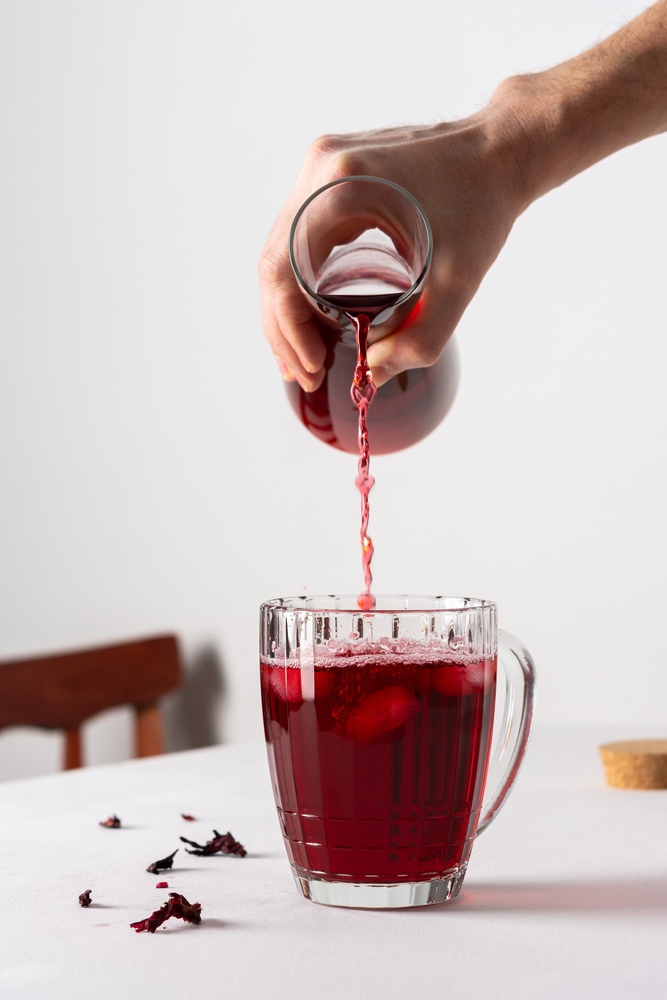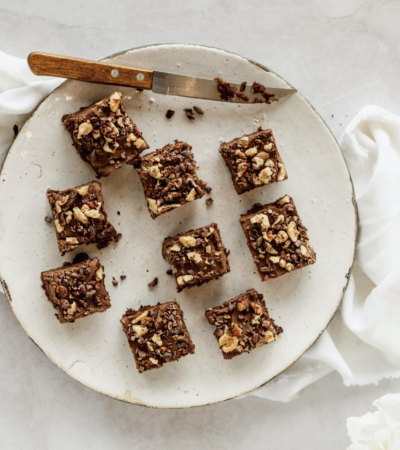It’s officially 2023 and true to form, we’re here to reveal the most exciting wellness trends we think are going to be the talk of the town this year. While wellness is a constantly expanding industry and our mission has always been to shed light on super cool and innovative ways to enhance your wellbeing, we do feel the notion of a “trend” has also evolved. 10 years ago, we, as a collective, talked about trends as the next “craze” or “fad”, something that’s in one minute and out the next. Today, we feel the idea of a trend is less about what’s “all the rage” and more about acknowledging “movements” or “shifts” within a developing industry.
Health and wellbeing has historically been a business of quick fixes and miracle cures but we’ve come a long way from “low fat” this… “honey I’m doing atkins” and Beyonce’s weird maple syrup cleanse (we love you B, but WTF was that about?).
Instead of feeding you with the latest novelties, we want to help you get informed on new wellness discoveries that are proven to have a positive effect on your well-being instead of just burning a hole in your pocket. So, here’s what we think is worth knowing about this year…
The Rise of the Micro Retreat
If you feel you can’t dedicate time (nor money) to a lavish wellness retreat but don’t want to miss out on their benefits, allow us to introduce the rise of the “Micro Retreat”. Becoming ever more popular to fit in with people’s smaller wallets and busy schedules, these retreats can fit perfectly into a day or even just a morning. Many companies are now offering a high dosage of wellness with activities to boost mind, body and soul in a much shorter space of time so if you can’t get away from the kiddies for more than a few hours, you can still dedicate time to your wellbeing. Keep an eye out for these micro retreats this year, online and in person!
Dancing Bathing In The Moonlight
This one sounds a bit “kooky” but moon bathing is going to be big in 2023… and we’re totally on board with it! Expert Mark Westmoquette, Zen Teacher and Astrophysicist, says that night is the ‘yin’ half of the day, where we naturally slow down. Getting outside under the stars helps to regulate our circadian rhythms, relax and sleep better. Many believe exposure to the moon’s light can help reduce excess heat, soothe anger and regulate imbalances in the body. This practice is said to be of particular benefit to the ayurvedic Pitta dosha. So if that’s you, get moon bathing! Sure, in winter it’s not super practical so until we wait for spring to arrive, you can practice something called a “full moon bath” at home. Bathing on a full moon night is a great way to reap the benefits without freezing your knickers off. Simply grab a cup of room temperature water, and place it outside under the moonlight for 30 mins (you can run your bath in the meantime) then when you’re ready to submerge, you can either drink the moon water or pour it into your bath!
Shroom Boom
2023 will be the year of the “Shroom Boom”… mushrooms are really having their moment! With people like Gwyneth Paltrow and even the Duchess of Sussex given shrooms the seal of approval, wellness enthusiasts are now discovering the amazing health benefits mushrooms can offer. Shroom stacking is one of the latest buzzwords, referring to combining mushrooms with other adaptogens and antioxidants (stacking) to enhance the benefits. When it comes to antioxidants and beauty benefits, the Chaga mushroom is king, with one teaspoon of Chaga Mushroom Powder containing the same number of antioxidants as 600 blueberries or 45 times stronger than Acai Berry. We love DIRTEA because their blend is jam-packed with skin-nourishing goodness, rich in beta-glucans and contains melanin for sun protection. It can also fortify your immune system, provide a natural energy boost, and give your skin a healthy glow.
Psychobiotic Diets
The internet is no stranger to gut health. From TikTok’s viral gut health videos with over 2 billion views to gut-friendly recipes, more of us are increasingly conscious of the physical health benefits of good gut bacteria. Now, the mental health effects of biotic supplements are being recognised, with increasing interest in the field of psychobiotics. But what are they and how do they work? Dr Elisabeth Philipps, a clinical neuroscientist and nutritionist from supplement brand, fourfive, says the term psychobiotics is defined as a ‘live organism that, when ingested in adequate amounts produces a health benefit in patients suffering from psychiatric illness’. First coined in 2013 by researchers at University College Cork, the discipline has increased in popularity over the past few years. Psychobiotics work in different ways, Dr Philipps explains: “These strains can produce chemicals in the gut that also work in the brain, such as serotonin and gamma-aminobutyric acid (GABA) which ultimately help to regulate our mood.”
“Psychobiotics also help to activate directly connected nerve pathways between the gut and brain while reducing the production of pro-inflammatory chemicals that can contribute to conditions like depression.” In addition, Dr. Philipps reveals the impact that nutrition and good gut health can impact us mentally and physically: “By improving our general nutritional status we improve our gut health and absorption of nutrients from the food we eat. To discover more of Dr. Philipps’ superfoods for gut health and learn more about the gut-brain axis visit the fourfive website.
Breathwork (taken up a notch)
This sounds quite high-tech but the benefits of hyperbaric oxygen therapy are becoming more widely known and will become a mainstream treatment in 2023. Hyperbaric oxygen therapy is performed in a high-air-pressure hyperbaric chamber which delivers more oxygen to the lungs and microcapillaries. This therapy aids the body in fighting bacteria and stimulates stem cells along with other growth factors. Hyperbaric oxygen therapy can increase the rate of healing up to three times faster, promote anti-ageing, mental performance and wellbeing and is often used as part of a treatment plan for patients recovering from head injuries and brain trauma. This is understandable given how important oxygen is for the brain and how it could speed up regeneration. It’s a pretty amazing discovery that more people can hopefully benefit from on a smaller scale to enhance their wellbeing.
Embrace The “Weed”
Ok ok… we had a bit of fun with that title. We don’t mean actual weed. 2023 is going to be the year for all things seaweed. Literally. Food, skincare, supplements and EVEN seaweed baths. Seaweed has so many benefits and is particularly renowned as a natural wonder for skin, hair and nails. Seaweed offers a key source of iodine, an essential mineral that the body needs to make thyroid hormones, which a modern British diet and over 80% of women are lacking. An under-active thyroid leads to a whole host of health issues, with symptoms including tiredness, weight gain, depression, dry and scaly skin, brittle hair and nails and irregular periods.
Iodine has benefited our health and wellness for thousands of years and when it comes to beauty benefits (and there are plenty), it is a heavyweight. It helps to regulate the skin’s moisture levels, aids skin healing, keeps acne at bay, stimulates cell regeneration and hair growth. For supplementation, we recommend Doctor Seaweed’s Weed & Wonderful Beauty+. Just one capsule a day provides the body with a natural source of Iodine, as well as B vitamins, vitamins A, C, E, biotin, selenium and zinc.
If you fancy bathing in the benefits of seaweed then you must check out VOYA. They are the seaweed experts and they have a whole spa dedicated to the salty stuff which you can visit in Ireland, where they source their seaweed. It’s a must-do experience with treatments from traditional seaweed baths to seaweed-infused massages and facials. If you can’t make it to Ireland then you can order your very own seaweed and salts bath duo straight from the ocean direct to your door!
Glucose Monitoring
Tracking your glucose (blood sugar levels) has become more and more popular over the last year and it shows no sign of slowing down. The most common way is via a glucose monitor which you wear on your body (anywhere you like) for up to two weeks at a time that’s connected via an app on your phone that gathers continuous data. Often used by diabetics to ensure they stay within a healthy range, we think this is an amazing way for anyone to effectively track glucose levels so you can become eduated on triggers, how your daily lifestyle habits (sleep, exercise etc) play a part and consequently improve your eating habits to stop massive spikes.
Why the need to track your blood sugar levels in the first place? An imbalance can cause a whole host of uncomfortable and disruptive health symptoms… irregularities can cause irritability or feeling light-headed, if meals are missed, dependency on coffee and sugar for energy, poor memory & forgetfulness, feeling anxious and waking frequently in the night to name just a few. Give it a go! This could be a great investment for your health, particualry if you are experuencing any of the above symptoms and you can’t pin point anything else that could be the cause.
If you want to learn more about blood sugar, one of our lovely Hip List-ers, Flora wrote this helpful article: Think Anxiety Is Wrecking Your Sleep? It Could Actually Be Your Blood Sugar…
Heart-Loving Hibiscus
Set aside your green tea (don’t worry it’s still good for you)… because hibiscus tea is getting some much-deserved air time and we think you should know about it. Research is showing that enjoying a few cups of Hibiscus tea can put you on the path for a healthier heart. More than seven million Brits are living with heart and circulatory diseases, according to heart health charities, and one in three adults has raised blood pressure, a risk factor for heart disease. As revealed in a research review on Hibiscus Tea authored by the Tea Advisory Panel (TAP), published in Food & Nutrition Technology Journal, drinking 2-3 cups of Hibiscus tea regularly can significantly lower blood pressure.The research paper combined results from more than 20 studies to examine a range of health effects linked with consumption of Hibiscus tea, particularly heart health benefits.
Dr Carrie Ruxton, from the Tea Advisory Panel said: “In one meta-analysis (‘super study’), there was an overall blood pressure reduction of 7.58 mmHg for systolic blood pressure and 3.53 mmHg for diastolic blood pressure. Putting that into context, studies have shown that a blood pressure reduction of 10 mmHg systolic or 5 mmHg diastolic is associated with a 22 per cent average reduction in heart attacks and a 41 per cent average reduction in strokes. It’s amazing to think that we can help keep our hearts healthy by enjoying a few cups of Hibiscus tea each day”.
Nutty About Kenari Nuts
Are Kenari Nuts a hidden gem? Food scientist Marcello Giannuzzi thinks so. Naturally grown in Indonesia’s tropical rainforests, this little-known nut is not common outside of Asian countries so don’t be surprised if you haven’t heard of it. The Kenari tree, which can stand over 40 meters in height, produces the smooth and creamy-tasting kenari nut which is harvested after it has fallen from wild trees. Marcello hails it’s mild flavour and buttery texture and proclaims it’s the perfect dairy substitute. He loved the kenari nut so much he launched Nth Wonder, a plant-based ice cream brand (gelato is one of his other passions) where the kenari nut takes centre stage.
Speaking to the BBC, Mr Giannuzzi talked about the kenari nut’s sustainability attributes. Unlike other nuts like Almonds, which require huge irrigation efforts to produce, these kenari nuts come from trees that get all the water they need thanks to mother nature. Sourcing from responsible business owners and growers who too share the desire to keep the kenari nut as eco-friendly as possible, we think this a cool new discovery that you’ll start to see more of this year.
Workout Smarter, Not Harder
We know that there’s no ‘one size fits all’ when it comes to our health. While some may respond incredibly to HIIT training, others may see better results from pure strength training or LISS (low-intensity steady state). Similarly, while some may thrive on a high-fat, high-protein diet, others may require a high-carb diet in order to gain results. The way to find out what works best for you is to complete a metabolic test. Once a system only utilised by elite athletes, metabolic testing is now become widely available, and considering the amount of time, money and afford we put into our health and fitness, shouldn’t we be getting the most out of it? Metabolic testing is essentially your key to eating and working out smarter, by analysing the exchange of oxygen and carbon dioxide as you breathe. In other words, this tells you how much energy you’re using, how many calories you’re burning and where those calories are coming from. The test is conducted by wearing a mask, heart rate monitor and muscle oxygenation sensor to calculate your resting metabolic rate (RMR). Most clinics/gyms offering metabolic testing use a PNOĒ assessment, which delivers clinical accuracy in measuring metabolic, heart, lung and cellular fitness. The report gives you incredibly detailed metrics and insights into your wellbeing. One is the rate with which you burn fats and carbohydrates during training, determining what type of exercise will work most effectively for you and the optimal nutrition before, during and after exercise. The report will give the health professional, whether that’s a fitness or nutritional expert, the ability to create a bespoke health program to help you develop the results in your physical health.
words by Molly Jennings


















